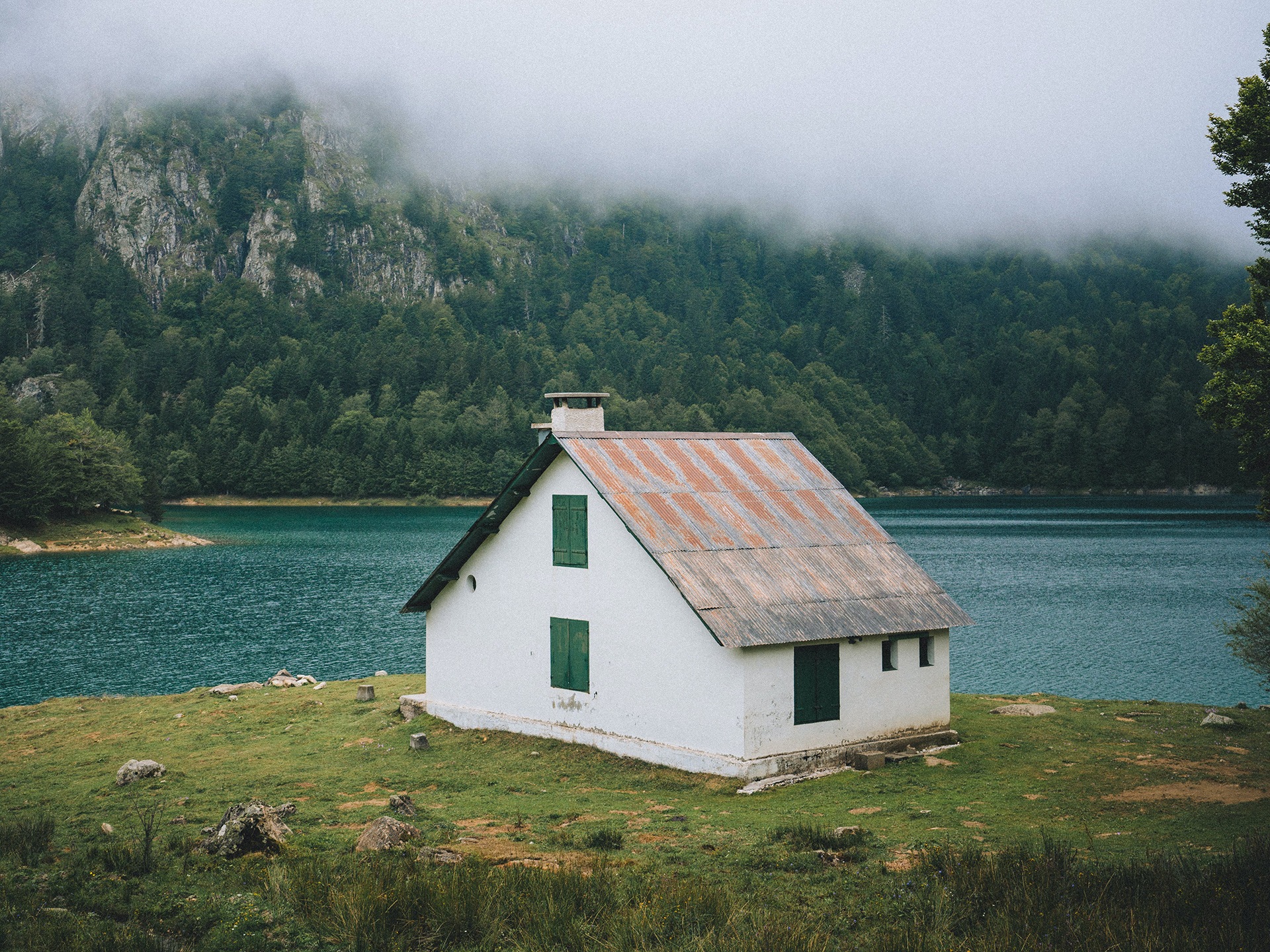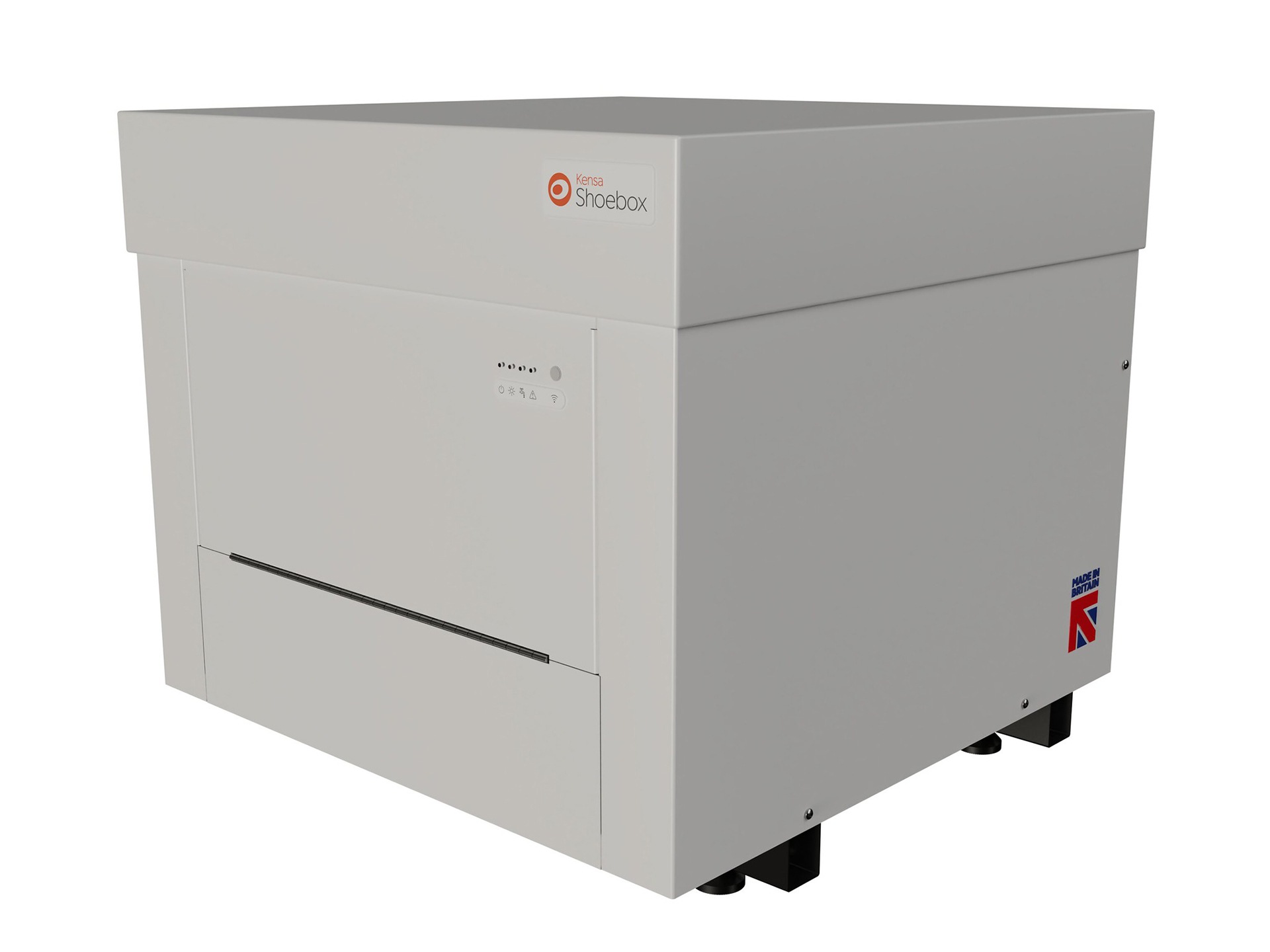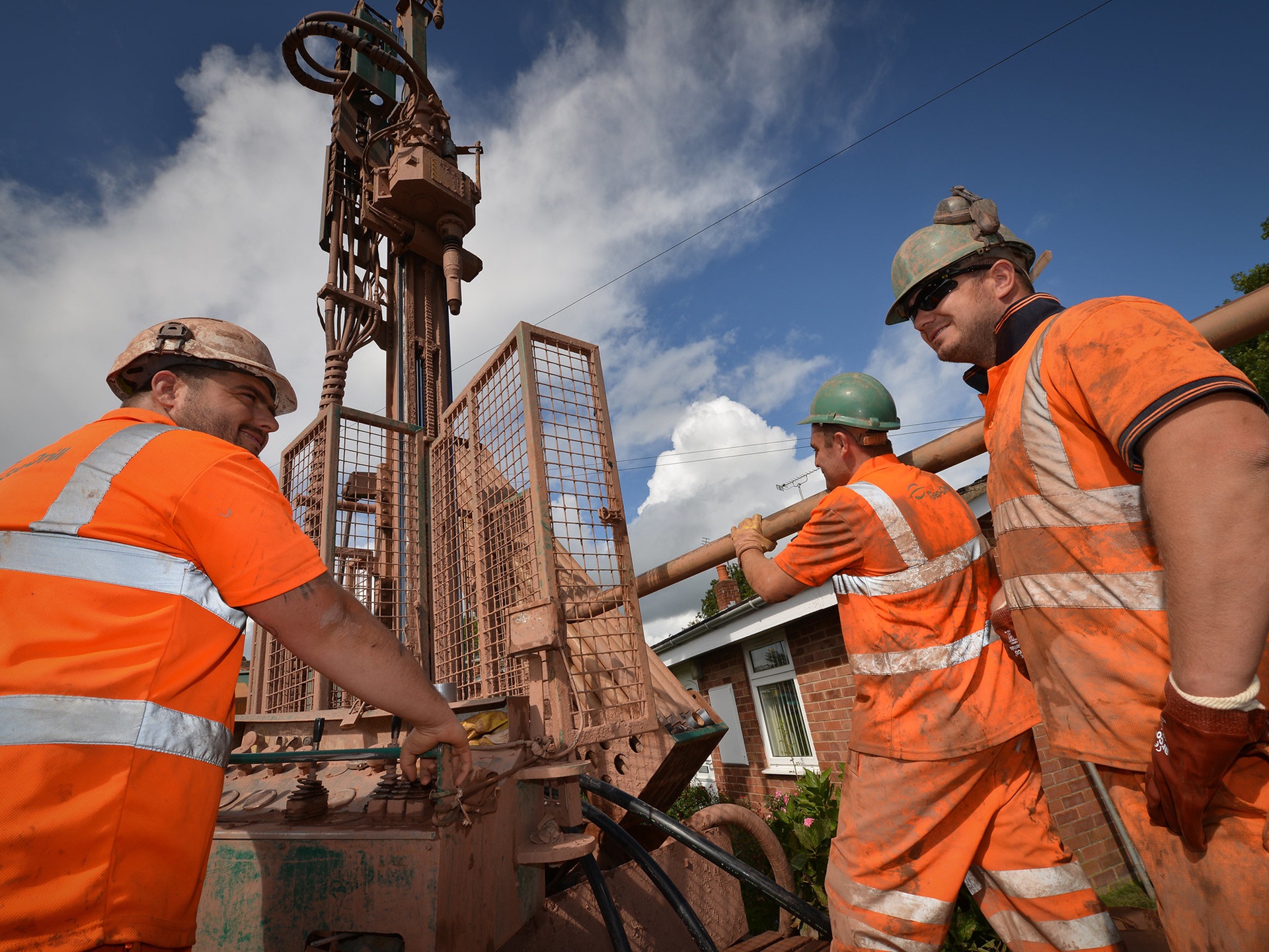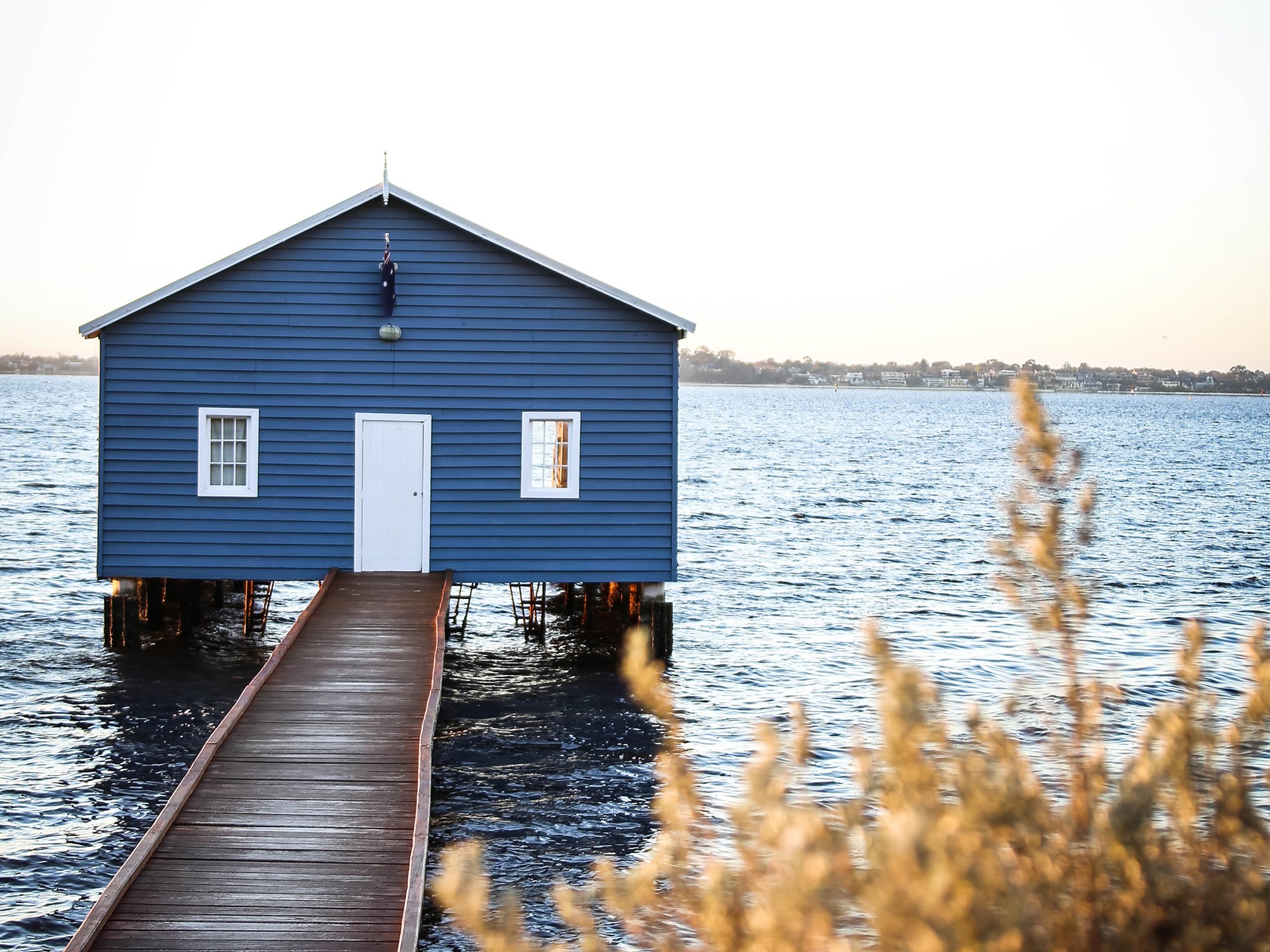Water-source heat pumps: everything you need to know
We've got the low down on water-source heat pumps, a great choice if you live near - or on - water
By now we’ve heard a lot about ground-source and air-source heat pumps, but did you know there’s a third type of heat pump: water source? And, if you live near (or on) water, it could be a great heating solution for you. So here’s our guide to water-source heat pumps.

Image credit: Pexels Meum Mare
What is a water-source heat pump?
A water-source heat pump is essentially the same kind of heat-exchange and condenser unit as a ground-source heat pump. The heat is just collected from pipes submerged in water rather than in the ground or in the air.
 Pipes full of antifreeze extend out from the heat pump into water where they collect energy from it, just as air-source heat pumps collect energy from the air and ground-source heat pumps harvest energy from the earth. The warmed antifreeze goes through the unit’s heat exchanger, which creates to warm up water that is then used to heat the building via underfloor heating or radiators.
Pipes full of antifreeze extend out from the heat pump into water where they collect energy from it, just as air-source heat pumps collect energy from the air and ground-source heat pumps harvest energy from the earth. The warmed antifreeze goes through the unit’s heat exchanger, which creates to warm up water that is then used to heat the building via underfloor heating or radiators.
Usually you will be able to install a water-source heat pump under permitted development rights, which means you won’t need to get planning permission.
Open or closed loop
There are two types of water-source heat pump: closed loop and open loop. Closed loop systems work like air and ground-source heat pumps, as described above.
In an open-loop system, the water itself is the initial collection fluid, and there is an extra heat exchanger to transfer the energy from the warmed water to the antifreeze, which then activates the main heat-exchange unit in the usual way.
Types of collector
There are two main types of collector used with water-source heat pumps: pond mats and collectors in boreholes.
Pond mats
Pond mats are closed-loop collectors in which the pipes of antifreeze are attached to corrosion-resistant frames. These can be placed at the bottom of a water source or fixed beneath a floating pontoon.
Pond mats can be used in still water that’s a minimum of about 1.2m deep or fast-flowing water as shallow as 0.5m. Wherever you put it, the unit needs to be protected against damage from waves, currents, debris, boats, propellers, etc., and the frame’s corrosion needs to be monitored.
Boreholes
Boreholes can be drilled to take advantage of underground water sources like aquifers (underground layers of permeable, water-bearing rock) and flooded mines. Groundwater is a steady 10-12°C all year round.

Image credit: Kensa
Boreholes are usually drilled to between 30m and 120m deep, with a second, shallower hole to release the cooled water back into the ground. Alternatively, with permission, the water can be released back into a nearby water course.
If you think there is potentially useable groundwater beneath your house, you’ll need to contact a hydrogeologist or groundwater engineer. And talk to a heat pump company with expertise in this field, such as Kensa. Make sure you choose a member of the GSHP Association or a MCS registered installer.
You will need a hydrogeological survey to check whether there is enough water to extract, and then do a test drill to check the water flow. You are allowed to take 20,000 litres of water a day from the ground without a licence, and you’re not likely to need more than that for your pump.
It will take work to make sure your borehole doesn’t get clogged up. Your pump supplier will tell you if you need a filter on your system and advise you on a maintenance regime.
What kinds of water source are compatible?
Just under 500 water-source heat pumps were installed in the UK last year. Water-source heat pumps have been used successfully on all kinds of different water sources, including lakes, ponds, rivers, aquifers (an underground layer of permeable, water-bearing rock) and even water in disused mines. Not all bodies of water are suitable and it depends on the size, depth and rate of flow of the water. There needs to be a minimum of 130m² to conserve enough heat and make sure the warming caused by the heat pump doesn’t disrupt the ecology.
Lakes: Pond mats work well in lakes. The number of mats you need depends on the size of your pump, the size of the lake, and most importantly, how the lake is fed. Lakes with good water flow work better than stagnant ones.
The sea: Both open- and closed-loop systems can be used in the sea. Special titanium heat exchangers are used to prevent corrosion. Pond mats can be fixed to piers and pontoons.
Rivers and streams: These can work if they are deep enough, but it can be difficult to secure the pipes in fast-flowing water and you may well need to get permission from the Environment Agency.
Underground: Aquifers and flooded mines are great options if you can foot the high cost of drilling a borehole.
Advantages of water-source pumps
Water-source heat pumps have some benefits over ground-source pumps. The heat return temperature to the heat pump is usually about 5-6°C higher than in ground collectors, making the pump more efficient. And the circulation or flow of water provides for constant replenishment of energy in the water.
Installation costs
If you go for a pond mat, there is no need for digging or drilling, which makes for relatively quick and cheap installation. But average costs are still around £10,000. Boreholes can cost several times this to drill. Grants of £7,500 are available from the government’s Boiler Upgrade Scheme.
We’ve looked at the running costs of heat pumps vs gas gas boilers recently. The figures are for air-source and ground-source heat pumps, but water-source heat pumps are typically the most efficient, so running costs should be lower than in our examples.
Houseboats
Water-source heat pumps can be a great option for anyone living on a boat. Here’s a video showing how one works on this boat.
Whether you live on or near water, a water-source heat pump is definitely a choice worth considering if you can handle the upfront costs.










